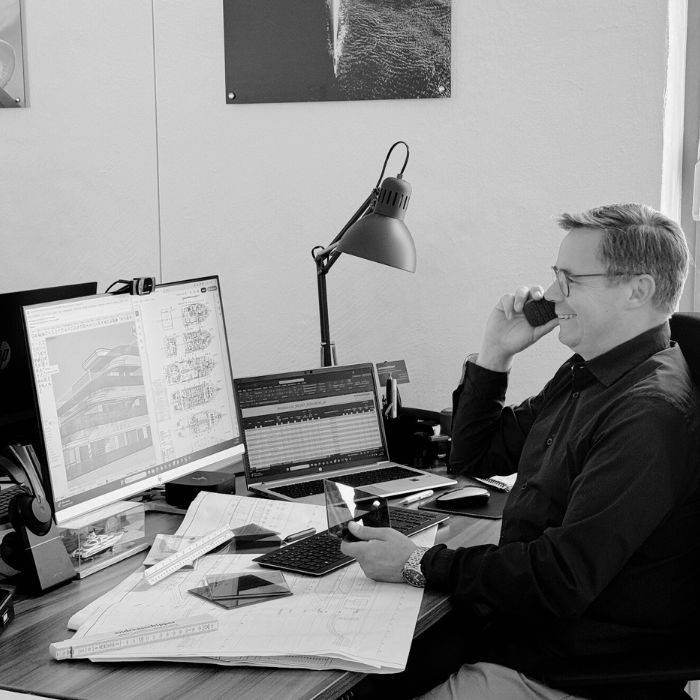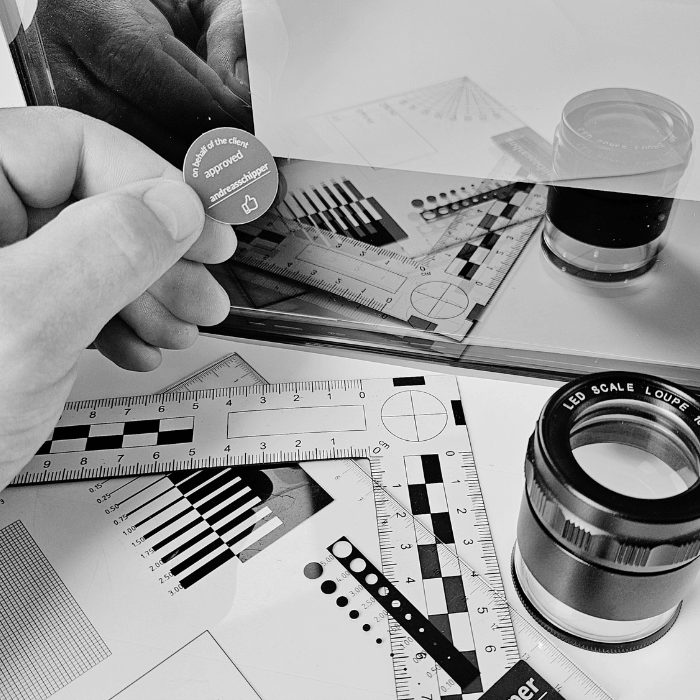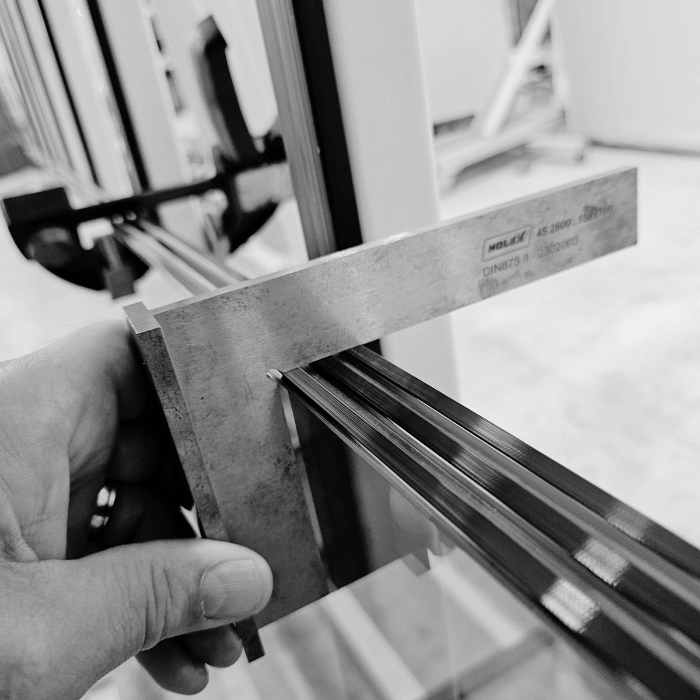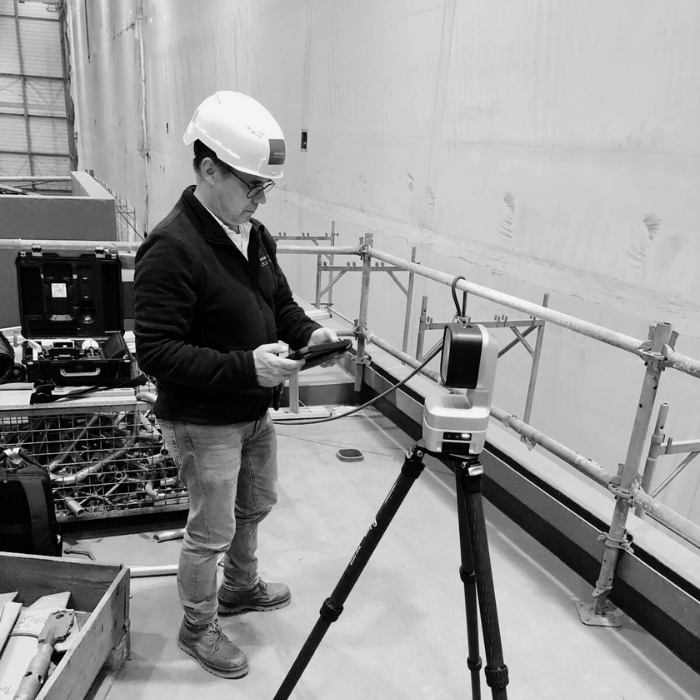Glass consulting superyachts
Let me give you an overview of my service portfolio for the design, construction, approval and realisation of the glazing for your project.

design support
I develop glass structures based on the aesthetic design requirements, the expected technical properties and additional features. I create feasibility studies and take care of the technical design of the bonded joints. The final approval of the designs by international classification authorities and individual specifications for production and installation are part of my scope of services for the design of the windows and glazing’s for your project.

quality assurance
My portfolio includes the quality assurance of the glass production and it’s on bord installation. By periodical monitoring and supervision in accordance with defined processes, I ensure the compliance of the products and the assembly with requirements from technical specifications and valid international standards. Deviations in quality will be detected as early as possible, measures can be defined in time and project-critical affects are reduced to a minimum.

inspection & survey
I carry out regular inspections of wear-prone assemblies and glazing, including detailed visual checks, control-measurements, and ultrasound leak inspections as class-approved non-destructive test method to proof the tightness of the arrangements. Detailed reports which include recommendations for repair, improvements or replacements are provided by me included serious estimated values for schedules and costs.

3D-measurement
With my 3D-measurements, I offer you my support for the detailed and quick determination and assessment of production deviations, especially of curved glazing or other structures on board. I also check the alignment of the glazing during installation. For refits or new builds, I create measurements of existing glazing or frames for the creation of factory and production drawings.


